Series David Olio: Case Study of a Teacher: Author's Choices: Collaborating in Close Reading
ELA.RL.11-12.3
| Common core State Standards
- ELA: English Language Arts
- RL: Reading Standards for Literature 6-12
- 11-12: 11th & 12th Grades
-
3:
Analyze the impact of the author's choices regarding how to develop and
relate elements of a story or drama (e.g., where a story is set, how the action is ordered, how the characters are introduced and developed).
ELA.W.11-12.2b
| Common core State Standards
- ELA: English Language Arts
- W: Writing Standards 6-12
- 11-12: 11th & 12th Grades
-
2b:
Write informative/explanatory texts to examine and convey complex ideas,
concepts, and information clearly and accurately through the effective selection,
organization, and analysis of content.
a. Introduce a topic; organize complex ideas, concepts, and information so
that each new element builds on that which precedes it to create a unified
whole; include formatting (e.g., headings), graphics (e.g., figures, tables), and
multimedia when useful to aiding comprehension.
b. Develop the topic thoroughly by selecting the most significant and relevant
facts, extended definitions, concrete details, quotations, or other information
and examples appropriate to the audience's knowledge of the topic.
c. Use appropriate and varied transitions and syntax to link the major sections
of the text, create cohesion, and clarify the relationships among complex
ideas and concepts.
d. Use precise language, domain-specific vocabulary, and techniques such as
metaphor, simile, and analogy to manage the complexity of the topic.
e. Establish and maintain a formal style and objective tone while attending to
the norms and conventions of the discipline in which they are writing.
f. Provide a concluding statement or section that follows from and supports
the information or explanation presented (e.g., articulating implications or
the significance of the topic).
ELA.SL.11-12.1a
Common core State Standards
- ELA: English Language Arts
- SL: Speaking and Listening Standards 6-\x80\x9312
- 11-12: 11th & 12th Grades
-
1a:
Initiate and participate effectively in a range of collaborative discussions (one on
one, in groups, and teacher-led) with diverse partners on grades 11-\x80\x9312 topics,
texts, and issues, building on others'\x80\x99 ideas and expressing their own clearly and
persuasively.
a. Come to discussions prepared, having read and researched material under
study; explicitly draw on that preparation by referring to evidence from texts
and other research on the topic or issue to stimulate a thoughtful, well reasoned
exchange of ideas.
b. Work with peers to promote civil, democratic discussions and decision making,
set clear goals and deadlines, and establish individual roles as
needed.
c. Propel conversations by posing and responding to questions that probe
reasoning and evidence; ensure a hearing for a full range of positions on a
topic or issue; clarify, verify, or challenge ideas and conclusions; and promote
divergent and creative perspectives.
d. Respond thoughtfully to diverse perspectives; synthesize comments, claims,
and evidence made on all sides of an issue; resolve contradictions when
possible; and determine what additional information or research is required
to deepen the investigation or complete the task.
Save to My Resources
PLEASE CREATE A NEW ACCOUNT OR LOG IN TO ACCESS THIS CONTENT
Enjoy your first video for free. Subscribe for unlimited access.
Have questions about subscribing?
Click Here to learn more about individual subscriptions.
Click Here to learn more about School and Institution access.
Discussion and Supporting Materials
Thought starters
- How does the "Interrupted Passages" strategy encourage deeper analysis?
- What kinds of collaboration strategies do Mr. Olio and his students discuss?
- How does Mr. Olio interact with his students as they work?
School Details
South Windsor High School161 Nevers Road
South Windsor CT 06074
Population: 1266
Data Provided By:

Teachers
David Olio
Newest
|
4 MIN
|
5 MIN
|
5 MIN
UNCUT CLASSROOMS
| TCHERS' VOICE
English Language Arts
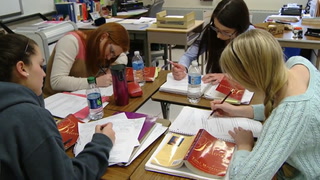
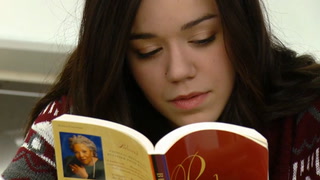
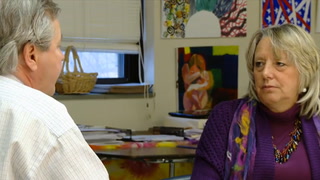

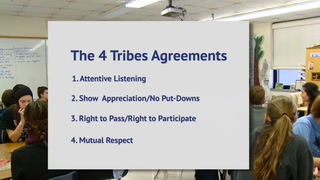
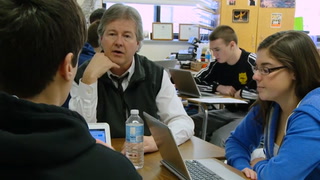
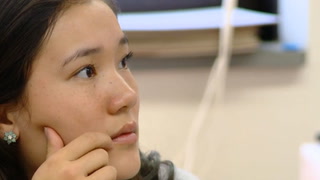
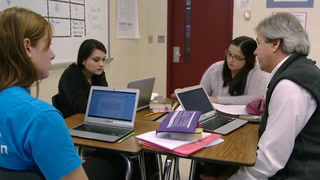








19 Comments
Thomas Gorman Dec 8, 2015 9:10pm
Satnick Morgan Dec 8, 2015 8:56pm
Shellie McAllister Jul 9, 2019 12:01pm
I found this summary of QPA5 that might be helpful:
QPA- 5 (Quick Paragraph Analysis in 5 Sentences)
1. Create a strong topic sentence that sets up the claim.
2. Select effective textual evidence to support the claim. Use citation (line #) or (p. #)
3. Analyze the significance of the evidence itself.
4. Critique the author’s craft of syntax, diction, rhetorical strategy, or literary device.
5. Strong argument on why this textual evidence and author’s technique proves the claim.
Noemi Gonzalez Oct 21, 2015 1:54pm
J. Thomas Son Oct 15, 2015 11:35pm
Kevin Rigsby Aug 17, 2015 12:07pm